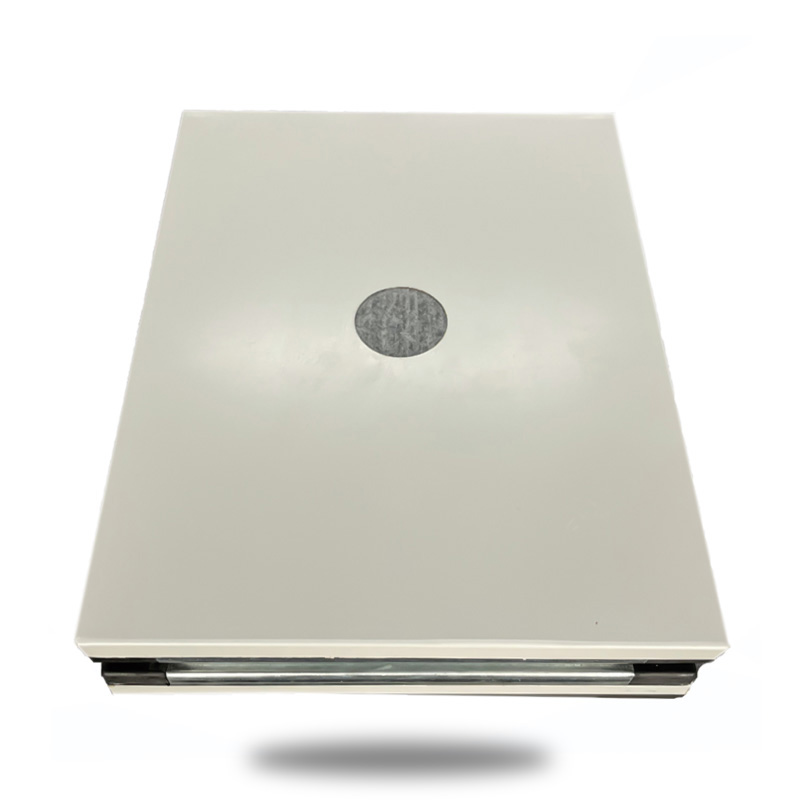

Clean room sandwich panels typically consist of several […]
Clean room sandwich panels typically consist of several layers, each serving a specific purpose. Common materials used in their construction include:
These are the outermost layers of the panel and are typically made of materials like stainless steel, aluminum, or galvanized steel. These materials provide durability, resistance to corrosion, and ease of cleaning.
The core material provides insulation and structural support to the panel. Common core materials include rigid foam insulation such as polyurethane (PU) foam, polyisocyanurate (PIR) foam, expanded polystyrene (EPS) foam, or mineral wool. These materials offer thermal insulation properties while maintaining a lightweight structure.

Adhesives are used to bond the outer facings to the core material, ensuring structural integrity and preventing delamination. The adhesive used should be compatible with the materials being bonded and should provide a strong, durable bond.
Sealants are applied at the joints and seams of the panels to prevent air leakage and ensure the integrity of the clean room environment. Silicone sealants are commonly used due to their flexibility, durability, and resistance to moisture and chemicals.
By combining these materials, clean room sandwich panels provide a robust, insulated barrier that helps maintain the cleanliness and controlled environment of the clean room facility.
Our new models offer superb design;competitive prices and their new features give them distinct advantages over similar products from other manufacturers.